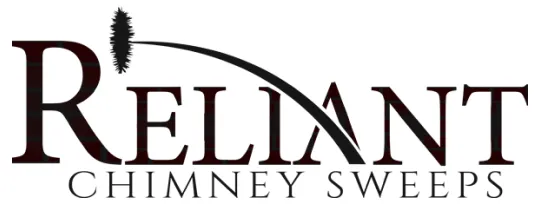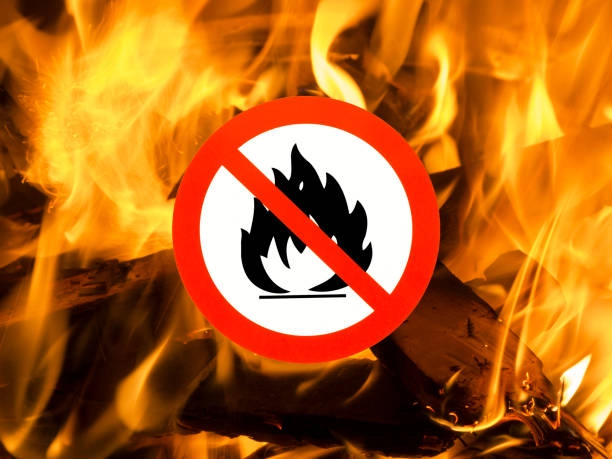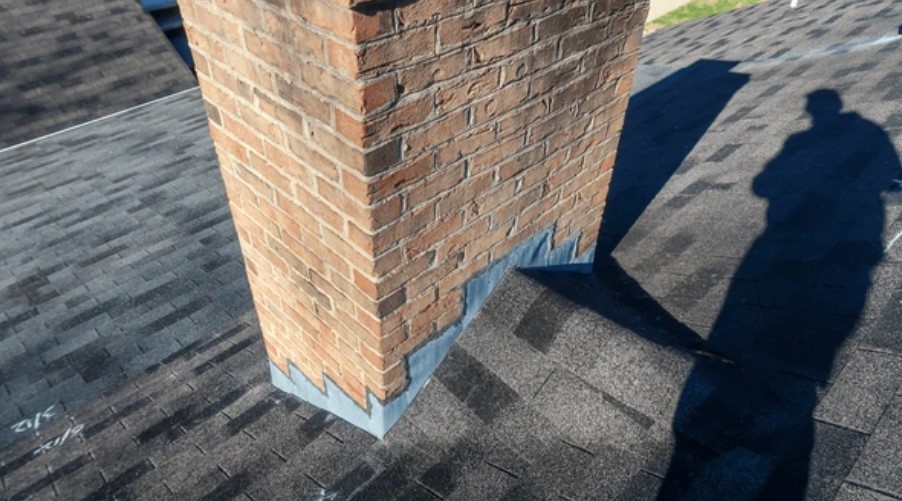Ah, Texas. One day it’s pouring rain, and the next it’s dry enough to spark a wildfire with a sneeze. With our weather mood swings, burn bans can seem like they pop up overnight. And if you’ve got a cozy fireplace just waiting for a chilly evening, you might find yourself asking: Can I use my fireplace during a burn ban in Texas?
Short answer? It depends—but don’t worry, we’re about to break it all down.
What Is a Burn Ban, Anyway?
In Texas, a burn ban is a restriction put in place by local counties when fire danger is high due to dry conditions, drought, or high winds. It’s a protective measure designed to reduce the risk of wildfires by prohibiting open flames and outdoor burning.
This usually includes burning trash, lighting up that bonfire pit, or setting off fireworks (sorry, backyard pyros). But where things get murky is when homeowners wonder if their indoor fireplace falls under the same rules.
Are Indoor Fireplaces Banned Too?
Here’s the good news: most Texas burn bans don’t apply to indoor fireplaces. So yes, in most cases, you can use your fireplace during a burn ban, as long as it’s inside your home and properly vented.
Why? Indoor fireplaces, inserts, and wood stoves are generally considered controlled environments. They’re enclosed, built to contain the fire, and, when functioning correctly, don’t pose the same wildfire risk as an outdoor open flame.
Gas fireplaces are also in the clear. They don’t produce embers or sparks, and they don’t rely on burning wood that might contribute to air pollution or safety risks.
That said, you’re not completely off the hook.
When Using a Fireplace Might Be a Problem
There are a few caveats to keep in mind. While most counties in Texas allow indoor fireplace use during a burn ban, some municipalities may have stricter ordinances, especially during extreme drought or air quality alerts.
If your area issues a “Red Flag Warning” or an “Air Quality Alert”, even indoor wood-burning might be discouraged or temporarily banned. These alerts don’t just consider fire risk, they factor in pollution, health, and community safety.
It’s always best to check with your local fire department or county emergency services to confirm the exact rules where you live. Some counties even post daily updates online.
And of course, if your fireplace isn’t well-maintained or properly vented, you could be putting your home—and family—at risk, burn ban or not.
Safety First: What to Do Before Lighting a Fire
Let’s say you’ve confirmed your county allows indoor fireplace use. Great! But before you light that first log, a little prep goes a long way.
Make sure your chimney and fireplace are in good condition. A cracked flue, a blocked vent, or a buildup of creosote could send smoke back into your home, or worse, start a fire where you don’t want one.
This is where we come in. At Reliant Chimney Sweeps, our expert team provides full chimney inspections and cleanings to ensure your system is operating safely and efficiently.
We’ve helped hundreds of Texas homeowners stay warm without compromising safety. If it’s been over a year since your last inspection (or if you honestly can’t remember when it was), now’s the time to get it done.
Skipping maintenance could lead to chimney fires, smoke inhalation, or costly repairs. And remember, during burn bans, emergency responders are stretched thin. You don’t want to be the person who starts a house fire during wildfire season.
What About Outdoor Fireplaces or Chimney Features?
This one’s a little trickier. Even if it’s built into your patio or backyard, outdoor fireplaces usually fall under burn ban restrictions. Yes, even those lovely stone fire pits or “controlled” outdoor chimneys.
The risk here isn’t about your patio, it’s about the sparks and embers that could drift into dry grass or nearby brush. If your county is under a burn ban, chances are your outdoor fireplace is off-limits until the ban is lifted.
And just to be crystal clear, don’t try to get creative with a grill or “smoker-turned-fireplace” workaround. Fire marshals have seen it all. Trust us, it’s not worth the fine.
Gas Logs: The Burn Ban MVP
If you’re someone who loves the ambiance of a fire but hates the idea of dealing with ash, wood, or burn ban confusion, here’s your golden ticket: gas logs.
Gas log fireplaces are typically allowed year-round, burn ban or not. Since they produce no embers, no soot, and no smoke, they’re considered safe for both wildfire risk and air quality. Plus, they’re way easier to clean.
And if your current fireplace isn’t compatible with gas yet? We can help with that, too. Reliant Chimney Sweeps offers gas log installation and conversions for homeowners looking for a cleaner, safer way to enjoy their fireplace year-round.
Use It Smart—Or Don’t Use It At All
To wrap it up: yes, you can usually use your indoor fireplace during a Texas burn ban—but it needs to be safe, clean, and legal in your area.
Check your county’s current burn ban details before lighting up. Avoid using any outdoor fireplaces until the ban is lifted. And make sure your indoor system is in good shape with a proper inspection and cleaning.
At Reliant Chimney Sweeps, our mission is to help Texas homeowners stay cozy without compromising safety. From chimney inspections and creosote removal to gas log installs and flashing repairs, we’ve got your back.
Not sure if your chimney is ready for burn season? Schedule an inspection with us today and enjoy peace of mind, whether there’s a burn ban or not.




